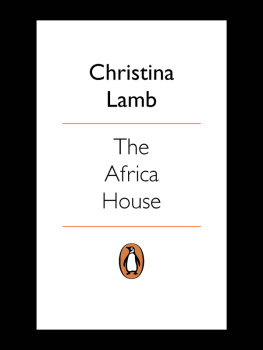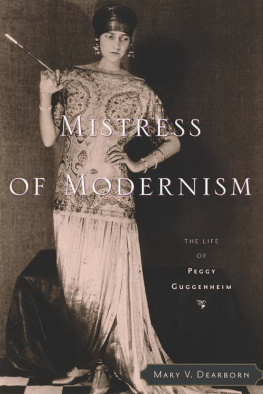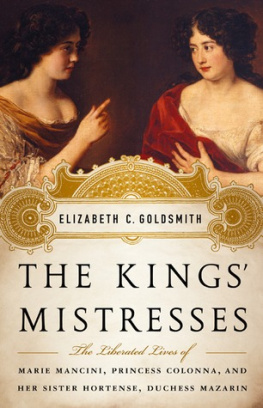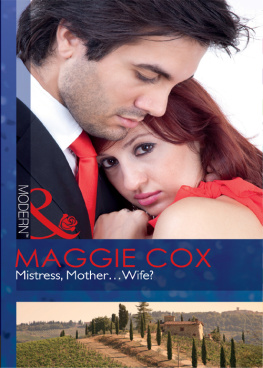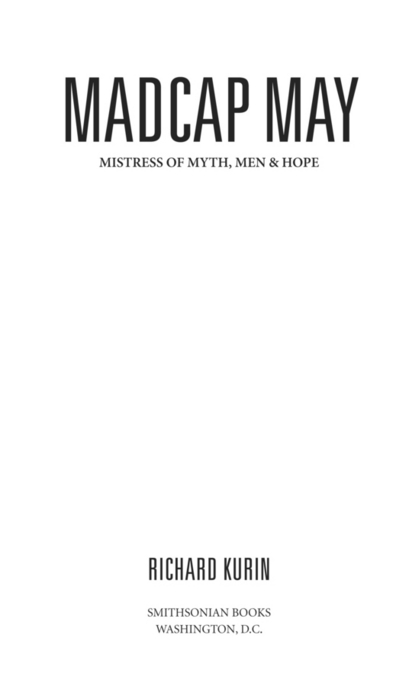
2012 by Richard Kurin
All rights reserved. No part of this publication may be reproduced or transmitted in any form or by any means, electronic or mechanical, including photocopying, recording, or information storage or retrieval system, without permission in writing from the publishers.
Published by Smithsonian Books
Director: Carolyn Gleason
Production Editor: Christina Wiginton
Edited by Owen Andrews
Library of Congress Cataloging-in-Publication Data
Kurin, Richard, 1950
Madcap May : mistress of myth, men, and hope / Richard Kurin.
p. cm.
eISBN: 978-1-58834-327-7
1. Yohe, May, 18691938. 2. SingersUnited StatesBiography. 3. Women singersUnited StatesBiography. 4. ActorsUnited StatesBiography.
I. Title.
ML420.Y64K87 2012
973.91092dc23
[B] 2012006210
Excerpts from Hope Diamond: The Legendary History of a Cursed Gem by Richard Kurin courtesy of HarperCollins and Smithsonian Books.
For permission to reproduce illustrations appearing in this book, please correspond directly with the owners of the works, as seen on . Smithsonian Books does not retain reproduction rights for these images individually, or maintain a file of addresses for sources.
v3.1
For Allyn, who is so not May
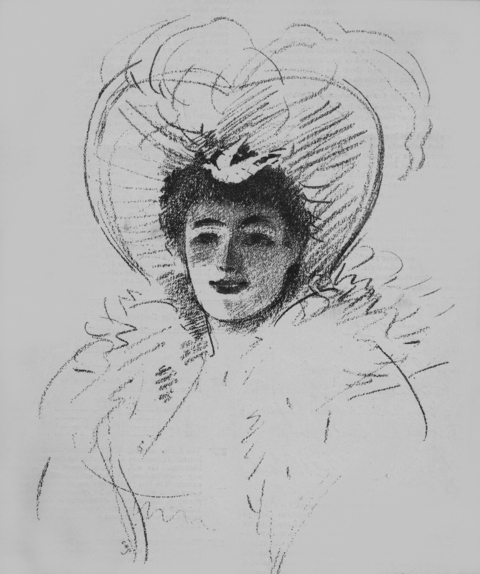
Sketch of May Yohe, 1895.
CONTENTS
PREFACE
MAY YOHE (18661938) was the drama queen of her time, a woman who lived an amazingly tumultuous life in the period spanning the Gay Nineties, the Roaring Twenties, and the Great Depression. With her outsized personality, roller-coaster career, and endlessly complicated love life, she was the Elizabeth Taylor, Lady Di, Britney Spears, and Tina Fey of her era, all rolled into one. Yet today, her truly fabulous story is unknown, her name, pronounced yo-e (rhymes with snowy), unrecognized.
May Yohe, a popular entertainer from humble American origins, married and then abandoned a wealthy English lord who owned the fabled Hope diamondone of the most valuable objects in the world and now exhibited at the Smithsonian Institution in Washington, D.C. Nicknamed Madcap May, Yohe was a favorite of the tabloid press. She was a romantic who had numerous lovers and at least three husbands. The tabloids claimed she had twelve, including the playboy son of the mayor of New York. May separated from him, not once, but twice. Her next husband was a South African war hero and invalid whom she later shot.
May Yohe was a sweet-voiced, foul-mouthed showgirl who crossed paths with many famous people, including Ethel Barrymore, Boris Karloff, Oscar Hammerstein, Teddy Roosevelt, Consuelo Vanderbilt, and Edward, Prince of Wales. George Bernard Shaw, the Nobel laureate and playwright, praised her for her lively presence and performance and then rebuked her soon after for going stale. In later years she faced several maternity claims and a lawsuit, which she won. She was hospitalized in an insane asylum and escaped. She ran a rubber plantation in Singapore, a hotel in New Hampshire, and a chicken farm in Los Angeles. When all else failed, she washed floors in a Seattle shipyard and, during the Depression, sought a job as a government clerk. Shortly before her death, she fought successfully to regain her lost U.S. citizenship.
How was May Yohe able to charm her way to international fame, live an improbably complicated and adventurous life, and find the strength to persevere in light of the losses she sufferedin wealth, citizenship, love, and sanity?
This book, assembled from her writings and historical interviews, archival records, newspaper stories, scrapbooks, photographs, playbills, theatrical reviews, souvenirs, and silent film, tells her heretofore lost story.
That story is one of a particular kind of feminism. Yohe was pretty, but not beautiful. She had an alluring, almost innocent sexuality that she used ably, willingly, and often to attract admirers and lovers. Yet she had her greatest success on the stage playing young male roles. Her ability to radiate sensuality as both faux male and femme fatale set her apart.
So did her quick wit and verbal prowess. May could regale a dinner party with humorous anecdotes, but also curse like a Marine among men. Her one-line retorts were widely quoted. What did she think about the bonds of matrimony? asked a reporter. Never paid me a dividend, she snapped.
May shared with contemporary suffragettes and intellectuals a deep-seated faith in the natural, God-given ability of women to succeed. She was a so-called new woman of her timean exemplar of femininity, applauded by some, scorned by others. But unlike pioneers of womens rights such as Elizabeth Cady Stanton and Susan B. Anthony, May was more concerned with her own success than the success of women in general. In a mans world, she fought for a womans righther ownto live freely. She conquered skeptical audiences to gain stardom and fought British nobility to gain legitimacy. Her public persona often appeared selfish, even narcissistic, yet time after time she defied expectations, doing charity work for Londons poor and Irelands farm workers, ministering to war wounded as a nurse, and defending chorus girls from moral attack. She repeatedly challenged authority figures who stood in her way or sought to do her wrongthe courts, the critics, the government, the British peerage. She also surmounted her ambivalence about the curse of the Hope diamonda legend she herself helped invent.
May Yohes resolve to win her battles and continually pick herself up from divorce, deceit, fraud, poverty, and disenfranchisement stemmed from a strong, almost uncanny adherence to her own self-made, ever-changing image. May saw herself not as a victim, but rather as a protagonist who had the power to fight, fend off wrongs, and gain her just rewards.
Her strength of character was built upon her upbringing as a Moravian, a member of a religious sect that emphasized female spirituality, musical virtuosity, sexual frankness, and a worldwide ecumenical outlook. Though May was by no means religious, these values, in a secular (some would say profane) form, became part of her personality. What is more, May was literally born at the inn in Bethlehem. While this was not the Bethlehem of biblical repute, but a small, bustling town in Pennsylvania, May made much of the eponymy. It gave her license to construe her own life story as myth, legend, and fairy tale. She had the uncanny ability to tell and sell stories with herself as the central character. Her stage rolesas a modern-day Cinderella, as possessor of a magic gem, as discovered starlet, as rags-to-riches heroine, as lady slave working to support her down-and-out householdall crossed over into her real life. Her character themespossessing miraculous power, pursuing true love, fighting injustice, weathering curses, and finding redemptioncaptured the spirit of her times, and also the imagination of friends, fans, the press, and the general public.
Besides being a good tale of a fascinating and overlooked historical figure,


